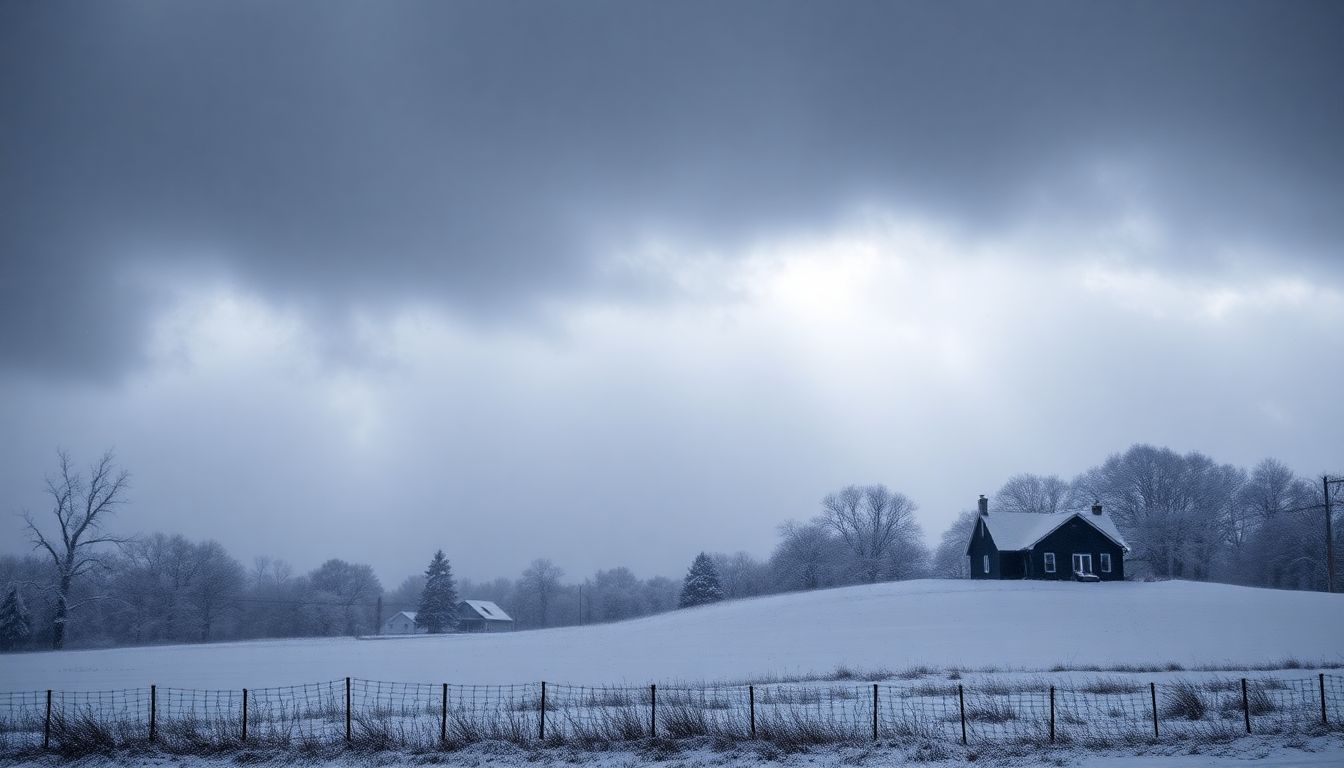
Winter Storm Warning US: Your Guide to Staying Safe
When snow and ice sweep across the nation, people must prepare for intense winter storms. These storms can disrupt daily life, cause damage, and even create dangerous situations. Understanding winter storm warnings is key to staying safe during these challenging times.
The Devastating Impact of Winter Storms in the US
Winter storms can lead to significant issues. They bring heavy snowfall, ice accumulation, and strong winds. These conditions can cause severe damage to properties and infrastructure. According to the National Weather Service, winter storms result in thousands of injuries and fatalities each year.
Understanding Winter Storm Warnings and Advisories
Different types of warnings signal various storm levels:
- Winter Weather Advisory: Expect some weather effects but not severe.
- Winter Storm Watch: Conditions could be right for a storm.
- Winter Storm Warning: Significant hazardous weather is expected.
Familiarity with these alerts helps you take quick action.
Why Preparedness is Crucial
Being prepared means less panic and more safety. Having a plan can help avoid risky situations and keep you and your family safe. Preparedness can make all the difference when a storm hits.
Understanding Winter Storm Severity and Prediction
National Weather Service's Winter Storm Warning Criteria
The National Weather Service uses criteria based on snowfall amounts, ice accumulation, and wind speeds to issue warnings. If a storm meets or exceeds these thresholds, warnings go into effect.
Predicting the Severity and Duration of Winter Storms: Tools and Resources
You can track storms using:
- National Weather Service Alerts: Stay updated with the latest information.
- Weather Apps: Many applications provide real-time updates on storms.
Case Studies: Notable Winter Storms and Their Impact
Studying past winter storms, like the Blizzard of '78 and the Snowstorm of 2016, helps us learn how to prepare. These storms caused severe disruptions, including power outages and travel chaos.
Essential Safety Precautions During a Winter Storm
Protecting Yourself Indoors: Staying Warm and Safe
When winter weather strikes, remain indoors whenever possible. Here are some essential tips:
Emergency Kits and Supplies: What to Stock
An emergency kit should include:
- Non-perishable food items
- Water (one gallon per person per day)
- Flashlights and batteries
- First aid supplies
- A battery-powered radio
Power Outages: What to Do
If the power goes out:
- Keep refrigerator and freezer doors closed.
- Use flashlights instead of candles to avoid fire risks.
- Stay warm by layering clothing and blankets.
Protecting Yourself Outdoors: Minimizing Risks
If you must go outside during a winter storm, take care. Dress warmly and adjust plans when necessary.
Safe Driving Practices During Winter Storms
- Drive slowly and maintain a safe distance from other vehicles.
- Keep your gas tank at least half full.
- Have an emergency kit in your car.
Avoiding Hypothermia and Frostbite
Monitor your time outdoors. Recognize symptoms like shivering or numbness, which may indicate hypothermia or frostbite.
Preparing Your Home and Property for Winter Storms
Winterizing Your Home: Preventing Damage
Taking steps to winterize your home can minimize damage when storms occur.
Protecting Pipes from Freezing
Insulate pipes and allow a trickle of water to flow to prevent freezing.
Securing Outdoor Items
Bring in or secure outdoor furniture, decorations, and tools. High winds can turn these items into projectiles.
Emergency Planning for Your Family
Planning includes clear communication and knowing where to go if you must leave your home.
Communication Strategies During Power Outages
Establish a communication plan for family members. Consider using text messages or social media, as these platforms can work even if calls do not.
Evacuation Plans
Have a plan for where to go if you need to evacuate. Know your routes and any local shelters available.
Dealing with the Aftermath of a Winter Storm
Assessing Damage and Reporting Issues
After a storm passes, check your property for damage. Report any hazardous conditions to local authorities.
Dealing with Power Outages and Restoration
Contact your utility company to report outages. Stay informed about estimated restoration times.
Securing Insurance Claims
Document damage with photos for insurance claims. Contact your provider for instructions on filing a claim.
Resources and Further Information
National Weather Service Website and Alerts
Visit the National Weather Service website for real-time alerts and updates.
State and Local Emergency Services
Reach out to local emergency services for guidance and assistance during severe conditions.
Red Cross and Other Relief Organizations
The Red Cross offers resources for disaster preparedness and recovery. They provide critical support during and after winter storms.
Conclusion: Staying Safe and Informed During Winter Storm Warnings
Winter storms can pose real threats. Staying aware and prepared can save lives. Here are some key takeaways:
- Understand weather alerts.
- Keep an updated emergency kit.
- Prepare your home and family for emergencies.
Encouraging proactive preparedness ensures that you and your loved ones stay safe during winter storms. Stay informed, take action, and prioritize safety throughout the winter season.
.png)
.png)
.png)
